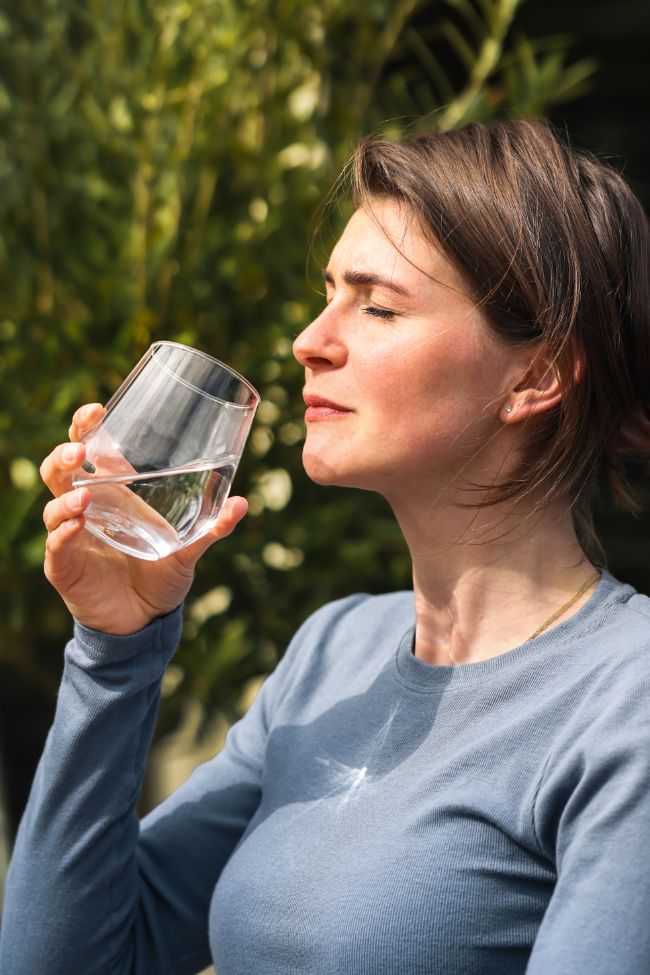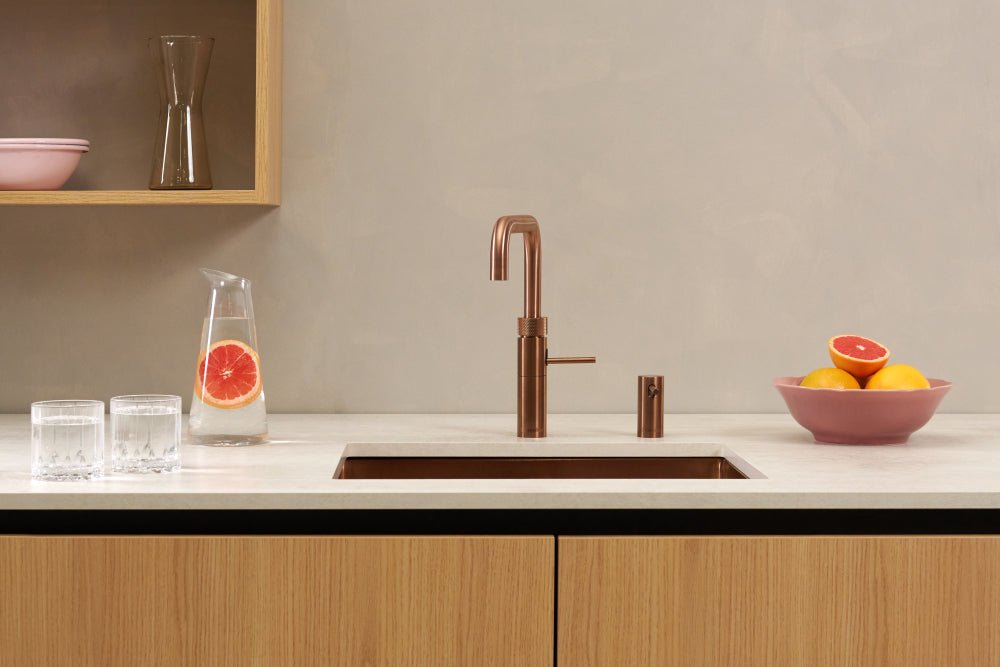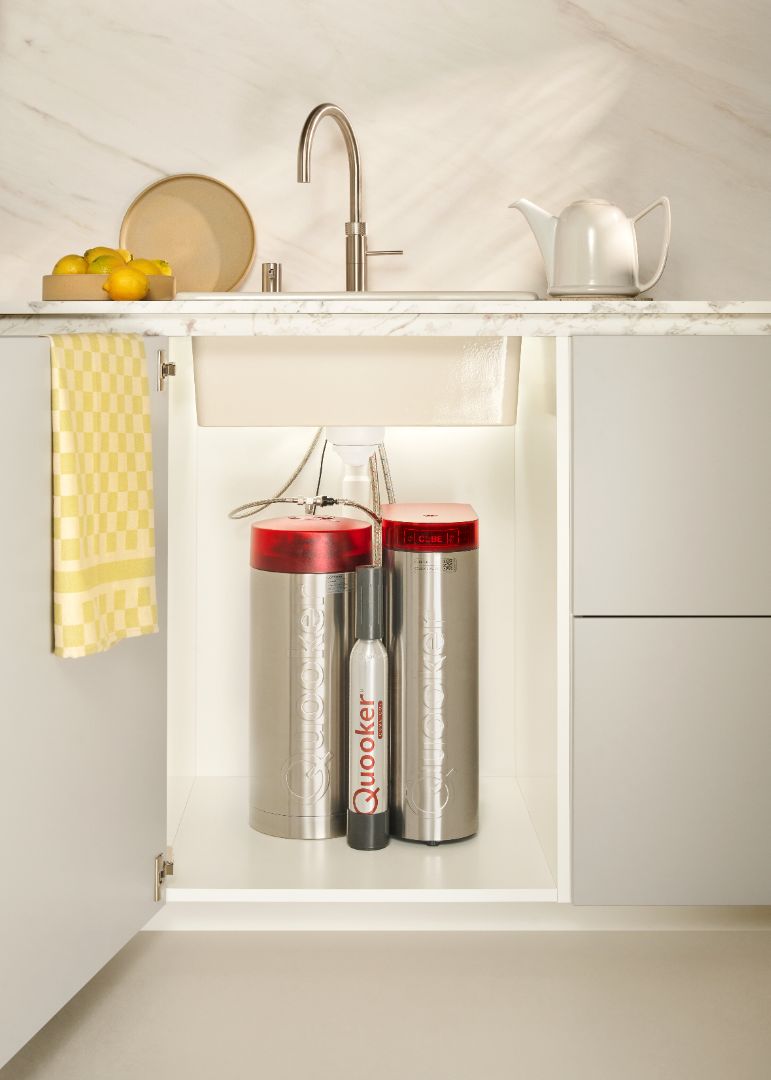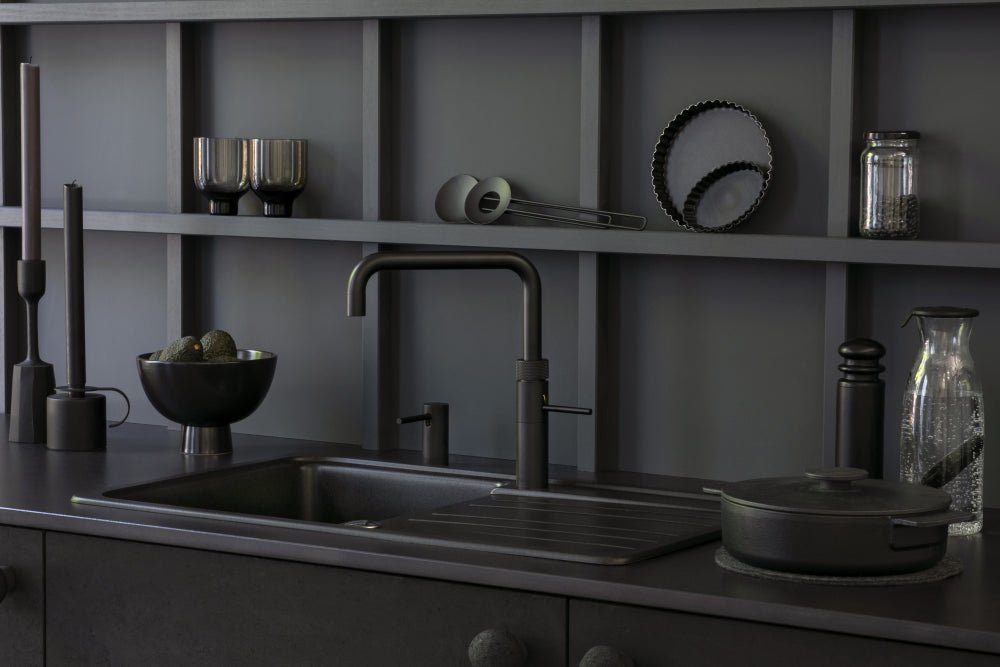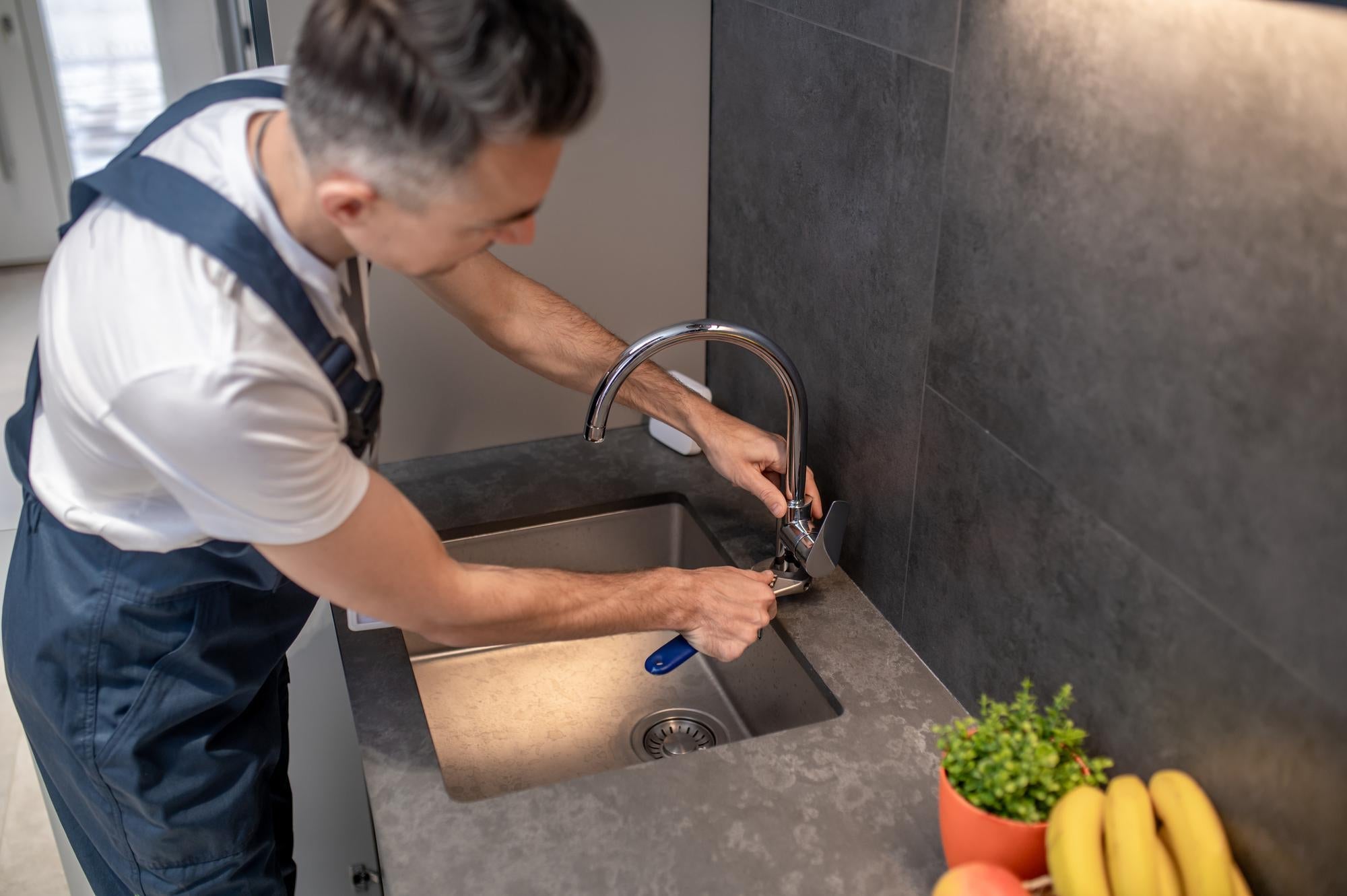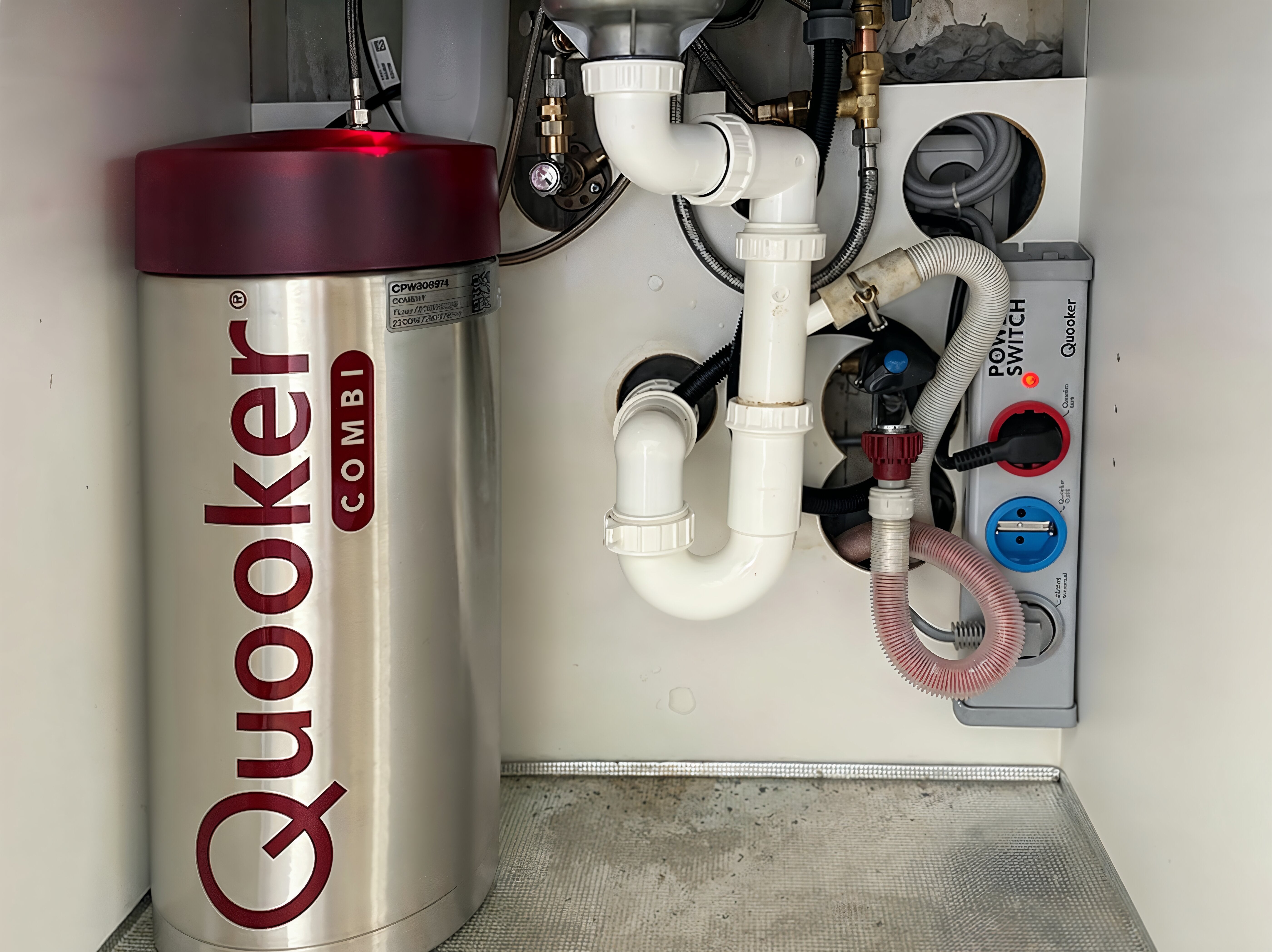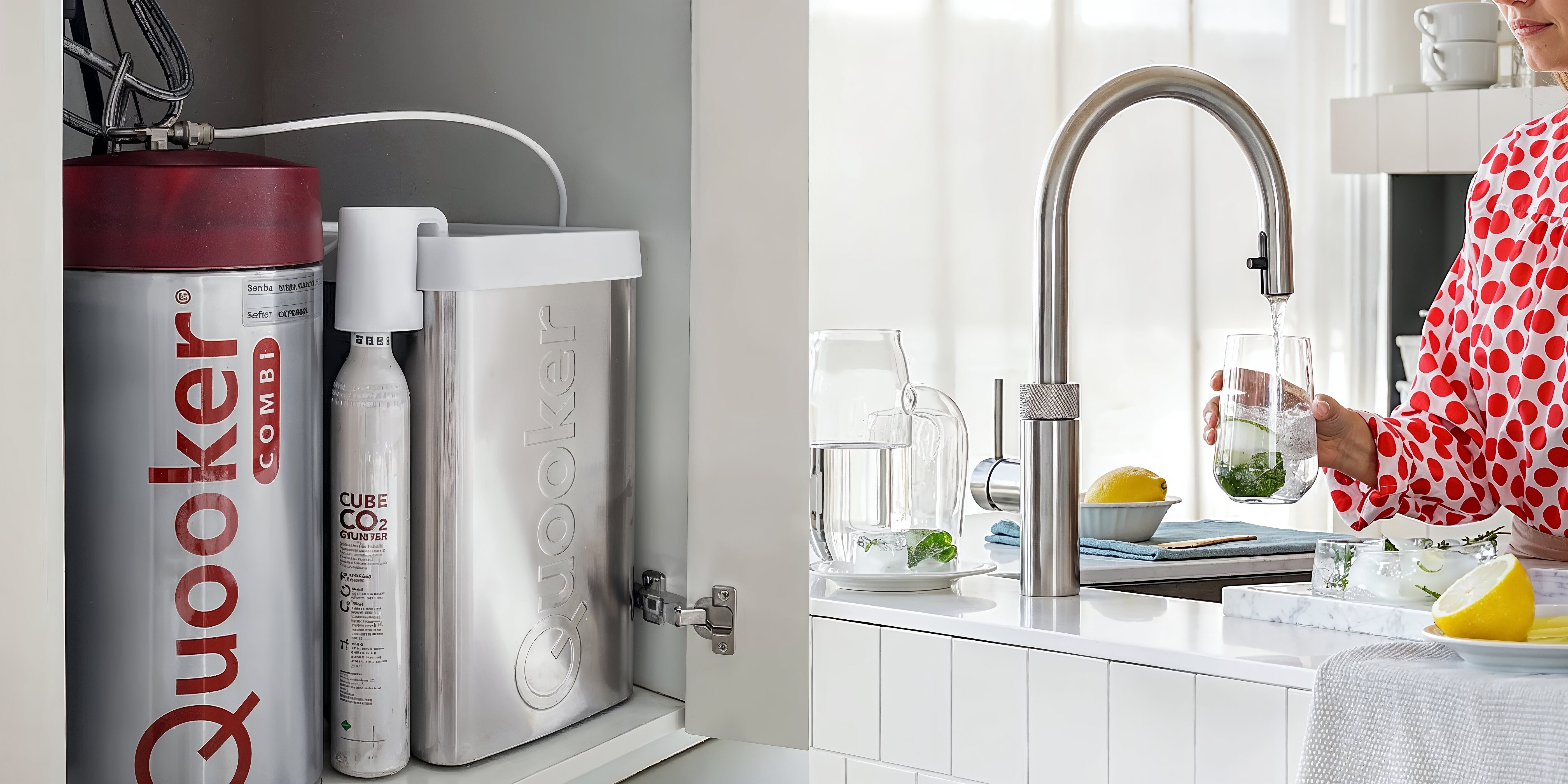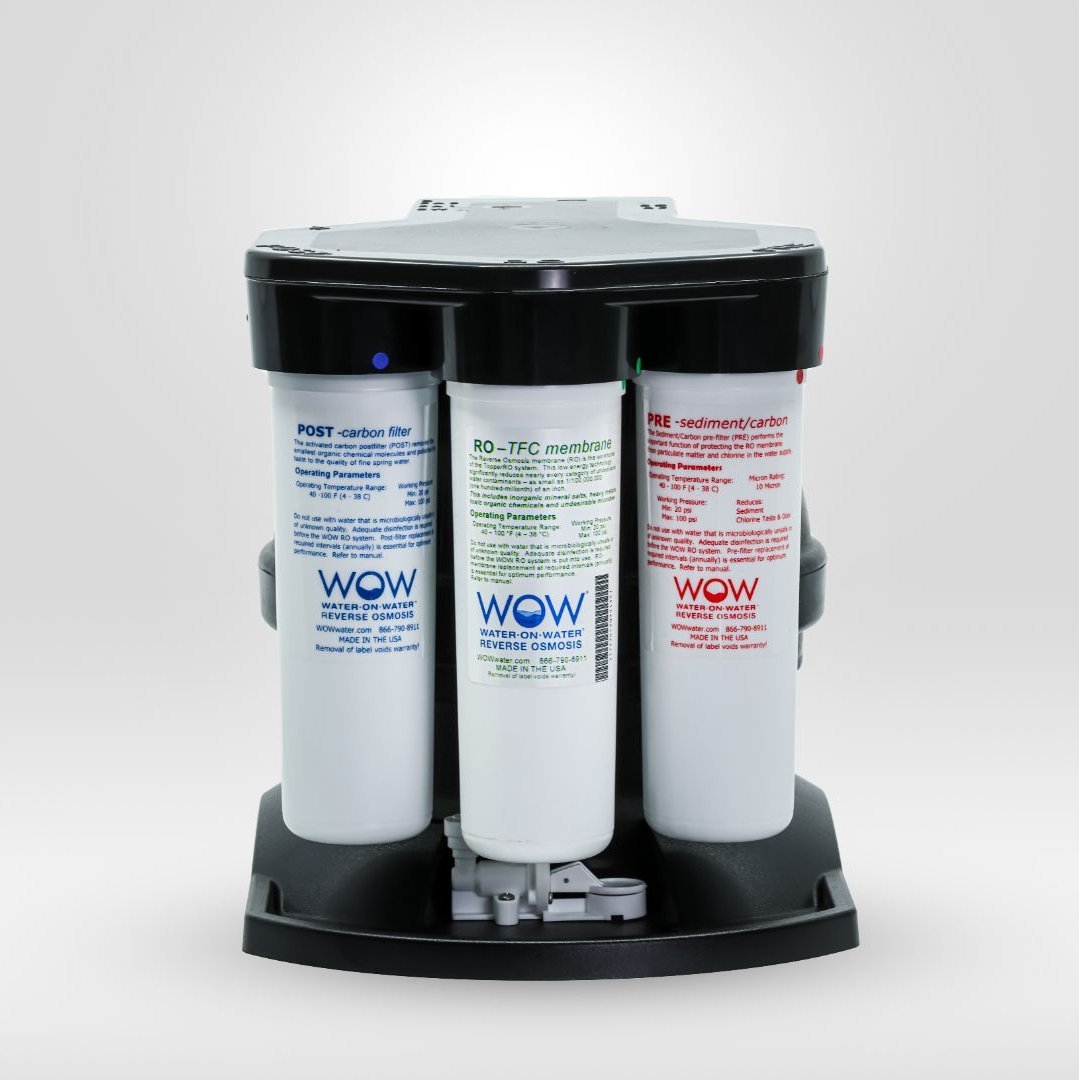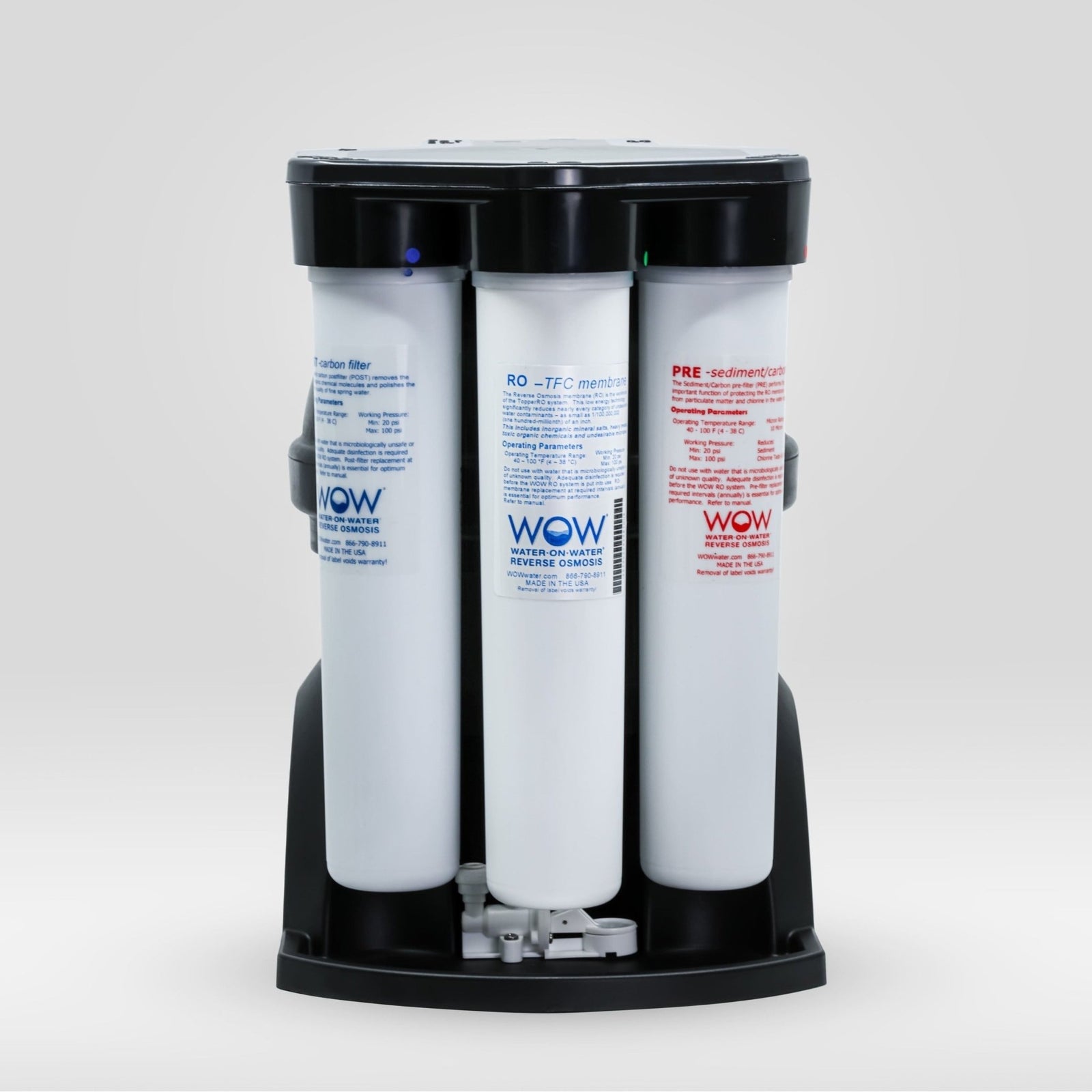Electric water purifiers provide pure, healthy drinking water, but they consume energy. PureAqua's powerless models, such as The Source, offer a clear advantage: they operate without electricity, which both saves money and is more sustainable. Other electric purifiers consume an average of 10-100 watts, depending on the type and technology. This energy consumption translates into monthly costs and also has an impact on the environment.
How much does it cost to use a water purifier monthly?
When purchasing a water purifier, it's important to consider not only the purchase price but also the long-term operating costs. The monthly energy consumption of water purifiers varies significantly depending on the system type.
Most electric water purifiers on the market consume between 10 and 100 watts during use. This translates to approximately €0.50 to €5 per month in electricity costs, depending on your electricity rate and frequency of use. Systems with a pump or heater generally consume more energy than simple filter models.
A key advantage of water filter systems like our The Source models is that they operate without electricity. This means you don't have any electricity costs, resulting in immediate savings on your monthly energy bill.
| Type of water purifier | Average energy consumption | Estimated monthly costs |
|---|---|---|
| Powerless (like The Source) | 0 watt | €0.00 |
| Simple electric filter | 10-30 watt | €0.50 - €1.50 |
| System with pump | 50-100 watt | €2.50 - €5.00 |
Besides electricity costs, you also need to consider filter replacements. Most systems require periodic filter changes, which also contributes to the monthly costs. However, a well-maintained system lasts longer and operates more efficiently, saving money in the long run.
How can you reduce the energy consumption of your water purifier?
Even though our systems operate without electricity, many households still use electric water purifiers. There are several ways to reduce the energy consumption of these appliances, saving money and living more sustainably.
- Choose a powerless system like The Source that works without electricity
- Use the water purifier only when necessary, not continuously
- Maintain your system regularly for optimal efficiency
- Replace filters in time to reduce resistance in the system
- Consider a timer for electric models to prevent unnecessary consumption
Regularly cleaning your water purifier reduces resistance in the system, meaning electric models consume less power. With reverse osmosis systems, it's important to check that the membranes aren't clogged, as this can significantly increase energy consumption.
The timing of usage can also make a difference. Some energy suppliers offer cheaper rates during off-peak hours. If you have an electric water purifier, you might consider using it primarily during these periods for additional cost savings.
What is the environmental impact of electric water purifiers?
When considering a water purification system, it's important to consider not only the direct costs but also the broader environmental impact. Electric water purifiers have a carbon footprint due to their energy consumption, but this must be weighed against the alternatives.
Compared to bottled water, a household water purifier is significantly more environmentally friendly. The production and transportation of plastic bottled water generates significantly more CO2 emissions than using a water purifier. Moreover, reducing plastic waste contributes to a cleaner environment.
Our powerless systems like The Source offer an even more sustainable solution. They produce up to 500% less wastewater compared to traditional filtration methods and use no electricity. This makes them one of the most environmentally friendly options for home water purification.
By choosing a sustainable water purification system like The Source, you not only reduce your energy consumption but also contribute to less plastic waste and water consumption.
The lifespan of water purification equipment is also an important factor. Longer-lasting systems have a lower long-term environmental impact. Our systems are designed for durability and reliability, reducing the need for replacement.
By making conscious choices about the type of water purifier and how you use it, you can enjoy pure water with minimal impact on both your energy bill and the environment. At PureAqua, we strive to provide solutions that are not only good for your health, but also for the planet.
